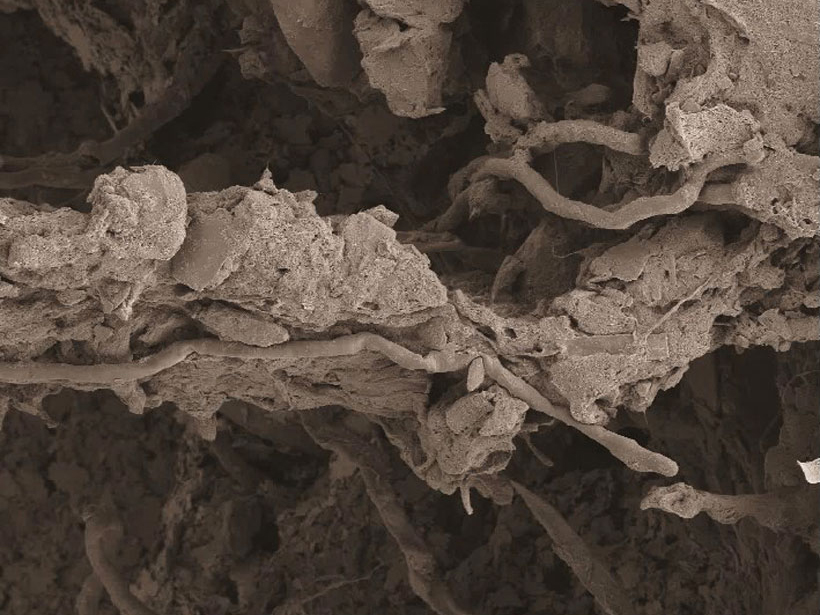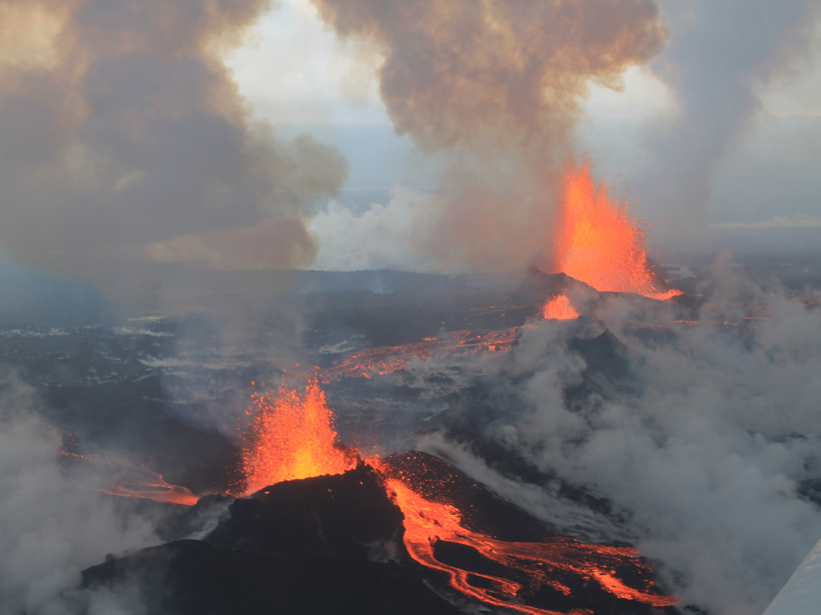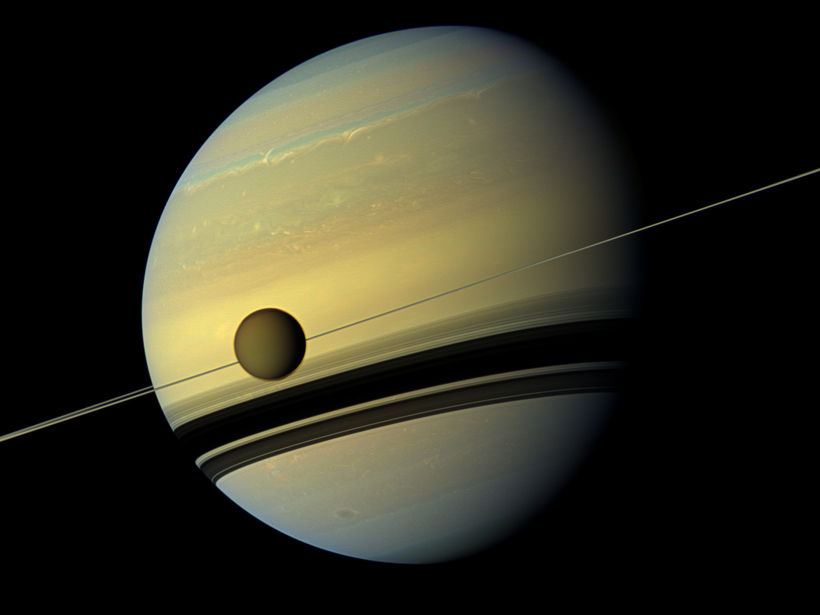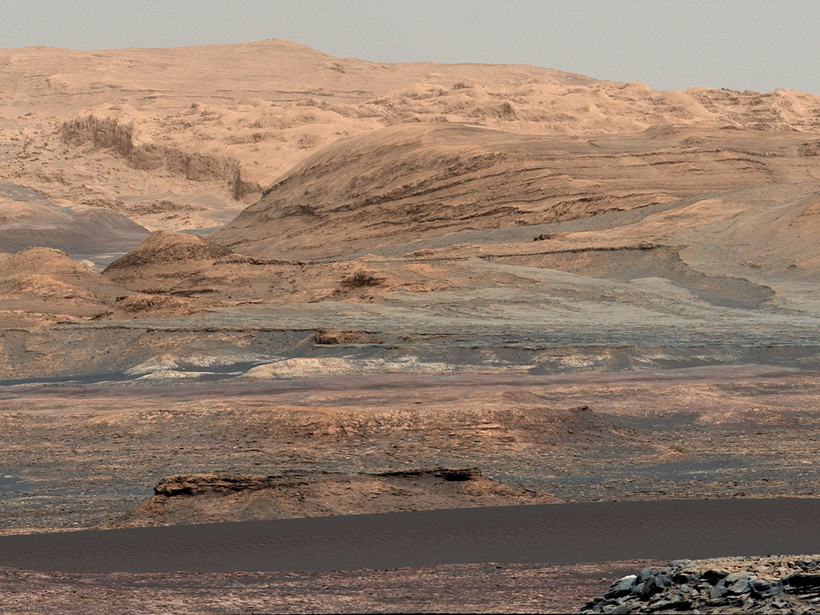A study of nanoscale, iron- and sulfur-rich impurities in diamonds provides new clues to the chemical processes that produce the superhard crystals and at what depths they occur.
geochemistry
Chemical Boosts Ozone Production over Southern China
The presence of nitryl chloride in polluted urban air can enhance the production of ozone by up to 41%, according to a new modeling study constrained by ground-based measurements.
Reconstructing the Ocean's Murky Past
Scientists test whether sparse, indirect data can reveal ancient ocean chemistry and circulation patterns.
Tide Pools Mimic Climate Change in Everyday Cycle
Researchers unexpectedly discovered that tiny shoreline ecosystems act as miniature laboratories in which ocean acidification and its effects play out nightly.
Using Acid and Physical Force, Fungi Burrow Through Rock
Scientists observe the step-by-step process by which a fungus attacks a mineral to extract vital nutrients.
Icelandic Eruption Caused Record-Breaking Sulfur Dioxide Release
Satellite and ground-based data reveal sulfur dioxide flux, trace element release, and preeruption magma movement.
Electrical Concrete Offers Green Alternative to Airport Deicers
The Federal Aviation Administration is testing conductive concrete as a replacement for water-polluting chemicals used to melt ice from airport tarmacs.
How Saturn Alters the Ionosphere of Titan
New research shows that Saturn's powerful magnetic field changes the atmospheric chemistry of its largest moon, Titan.
Where Curiosity Has Taken Us
The Curiosity rover, one of NASA's flagship missions, analyzes Martian geology, geochemistry, climatology, and radiation to assess whether Mars could have supported microbial life.
Model of Solar Cycle's Impact on Climate Gets Upgrade
A new model of how the Sun's 11-year cycle affects climate leads to slight changes in model results on atmospheric chemistry, but temperature and wind results are consistent with the previous model.










